 The bizarro-world worker populism of Donald Trump strikes again. The White House recently nominated Scott Mugno to be the Assistant Secretary of Labor in charge of the Occupational Safety and Health Administration. Mugno (photo at left) is not a worker safety advocate, occupational health scientist or a union official. Instead, he is a corporate safety executive at the shipping giant FedEx.
The bizarro-world worker populism of Donald Trump strikes again. The White House recently nominated Scott Mugno to be the Assistant Secretary of Labor in charge of the Occupational Safety and Health Administration. Mugno (photo at left) is not a worker safety advocate, occupational health scientist or a union official. Instead, he is a corporate safety executive at the shipping giant FedEx.
Data in Violation Tracker shows since 2000 FedEx has racked up $335,853 in OSHA penalties (counting only those fines of $5,000 or more designated as serious, willful or repeated). This total is the 208th largest among the 1,777 parent companies in Violation Tracker with OSHA fines.
While FedEx may not be at the very top of the OSHA penalty list, it does have some significant safety blemishes on its record. In 2014, for example, OSHA proposed a fine of $44,000 against the company for failing to properly guard a conveyor belt at its facility in Wilmington, Massachusetts. In its press release announcing the proposed penalty (which FedEx managed to get deleted), the agency noted that the company had previously been cited for the same issue at two other facilities.
Moreover, FedEx in general and Mugno in particular have tried to weaken OSHA oversight. In a 2006 presentation at a U.S. Chamber of Commerce event, Mugno argued that workers needed to take more responsibility for health and safety issues, conveniently ignoring the fact that they rarely have the autonomy to make meaningful changes in workplace conditions.
Another sign of Mugno’s orientation is the warm reception his nomination has received from business groups such as the Chamber and the American Trucking Association. At the same time, public interest groups have expressed concern. Public Citizen came out in opposition to the nomination, citing Mugno’s 2006 remarks and arguing that his “stance on laws and regulations do not mesh with leading an agency tasked with writing rules to ensure safe and healthy working conditions.” The Center for Progressive Reform posted a long list of questions that need to be put to Mugno.
The Center, by the way, has just introduced a Crimes Against Workers Database that compiles information on state-level criminal actions against companies and their executives implicated in serious workplace accidents. (I’m pleased to report that the database includes links to Violation Tracker data, and I plan to reciprocate.)
It was to be expected that Trump, who repeatedly bashed the EPA during the presidential campaign, would have named a climate change denier and regulation hater like Scott Pruitt to head that agency. Yet Trump did not carry on a similar tirade against OSHA, perhaps realizing that many of his blue-collar supporters were all too aware of workplace hazards that needed the agency’s oversight.
If Trump were any kind of real populist, he could have named a true worker safety advocate to OSHA without breaking any campaign promises. Instead, he brought in a business apologist who will pursue the Chamber agenda and raise the risk level for millions of American workers. The Trump corporate takeover marches on.
 Once upon a time, there was a debate on how best to check the power of giant corporations. Starting in the Progressive Era and resuming in the 1970s with the arrival of agencies such as the EPA and OSHA, some emphasized the role of government through regulation. Others focused on the role of the courts, especially through the kind of class action lawsuits pioneered by lawyers such as
Once upon a time, there was a debate on how best to check the power of giant corporations. Starting in the Progressive Era and resuming in the 1970s with the arrival of agencies such as the EPA and OSHA, some emphasized the role of government through regulation. Others focused on the role of the courts, especially through the kind of class action lawsuits pioneered by lawyers such as 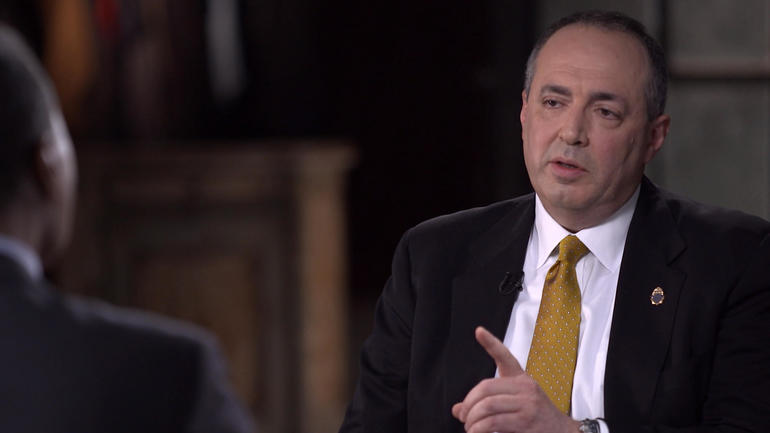 The withdrawal of Tom Marino’s nomination as national drug czar is a reminder of the power of whistle-blowing and aggressive investigative reporting, while the fact that he was named in the first place is a reminder of the hollowness of the Trump’s Administration’s commitments to draining the swamp and to seriously addressing the opioid epidemic.
The withdrawal of Tom Marino’s nomination as national drug czar is a reminder of the power of whistle-blowing and aggressive investigative reporting, while the fact that he was named in the first place is a reminder of the hollowness of the Trump’s Administration’s commitments to draining the swamp and to seriously addressing the opioid epidemic.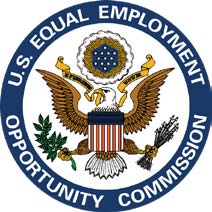 The Harvey Weinstein scandal is bringing necessary attention to the problem of sexual harassment. But that problem is not limited to abusive behavior on the part of big-time movie producers and a few other powerful men. Women are confronted with sexual predators in a wide variety of workplaces.
The Harvey Weinstein scandal is bringing necessary attention to the problem of sexual harassment. But that problem is not limited to abusive behavior on the part of big-time movie producers and a few other powerful men. Women are confronted with sexual predators in a wide variety of workplaces.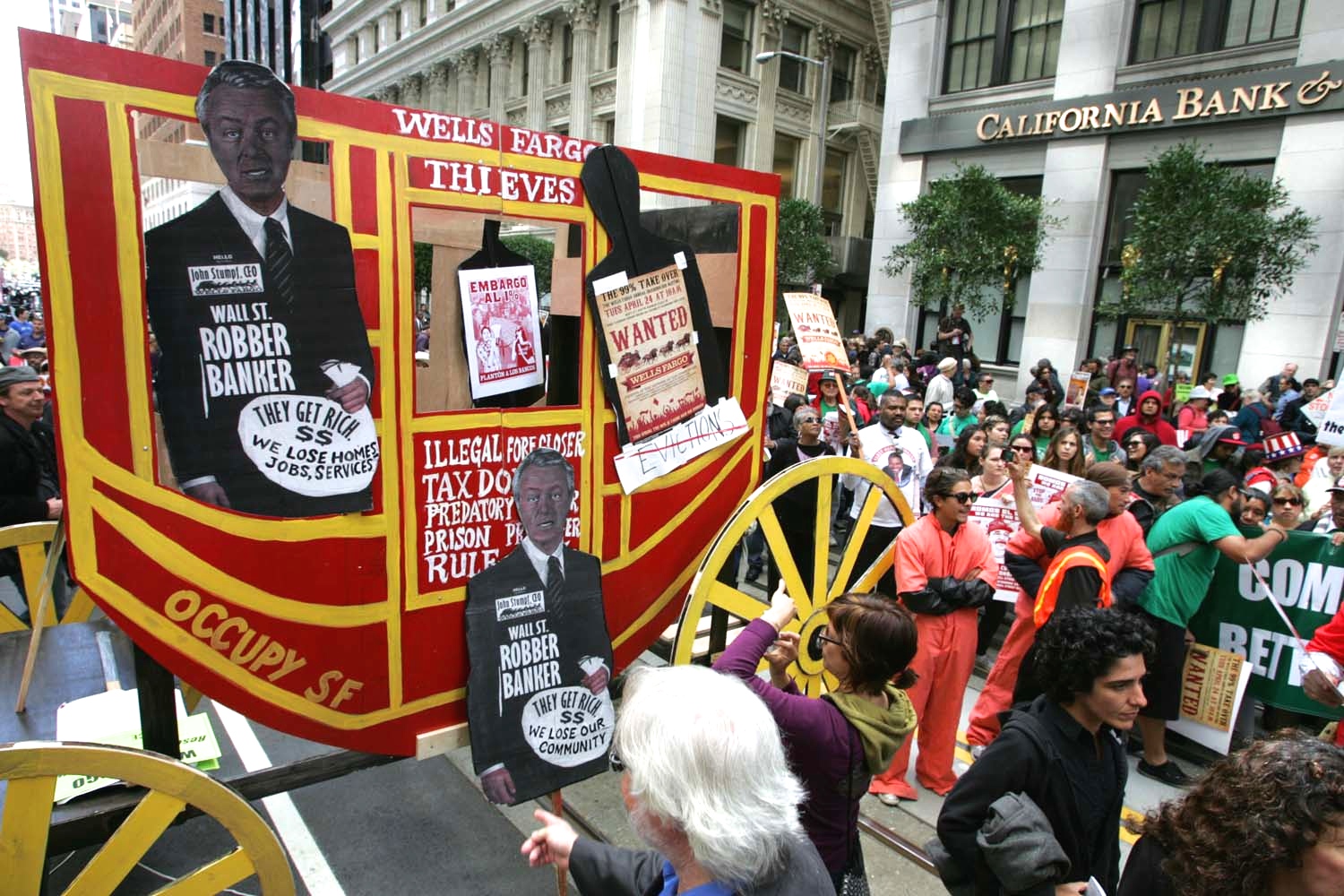 Wells Fargo’s seemingly endless transgressions have reached the point that there is growing discussion of a possibility rarely considered even in some of the most egregious corporate scandals: putting it out of business.
Wells Fargo’s seemingly endless transgressions have reached the point that there is growing discussion of a possibility rarely considered even in some of the most egregious corporate scandals: putting it out of business. The Trump Administration would have us believe it is all about helping workers. Yet it has a strange way of showing it. Policies that directly assist workers are under attack, and all the emphasis is on initiatives that purportedly aid workers indirectly by boosting their employers.
The Trump Administration would have us believe it is all about helping workers. Yet it has a strange way of showing it. Policies that directly assist workers are under attack, and all the emphasis is on initiatives that purportedly aid workers indirectly by boosting their employers. When a new corporate scandal arises, there is a tendency on the part of many observers to treat it as a complete surprise — as something that could not have been anticipated.
When a new corporate scandal arises, there is a tendency on the part of many observers to treat it as a complete surprise — as something that could not have been anticipated.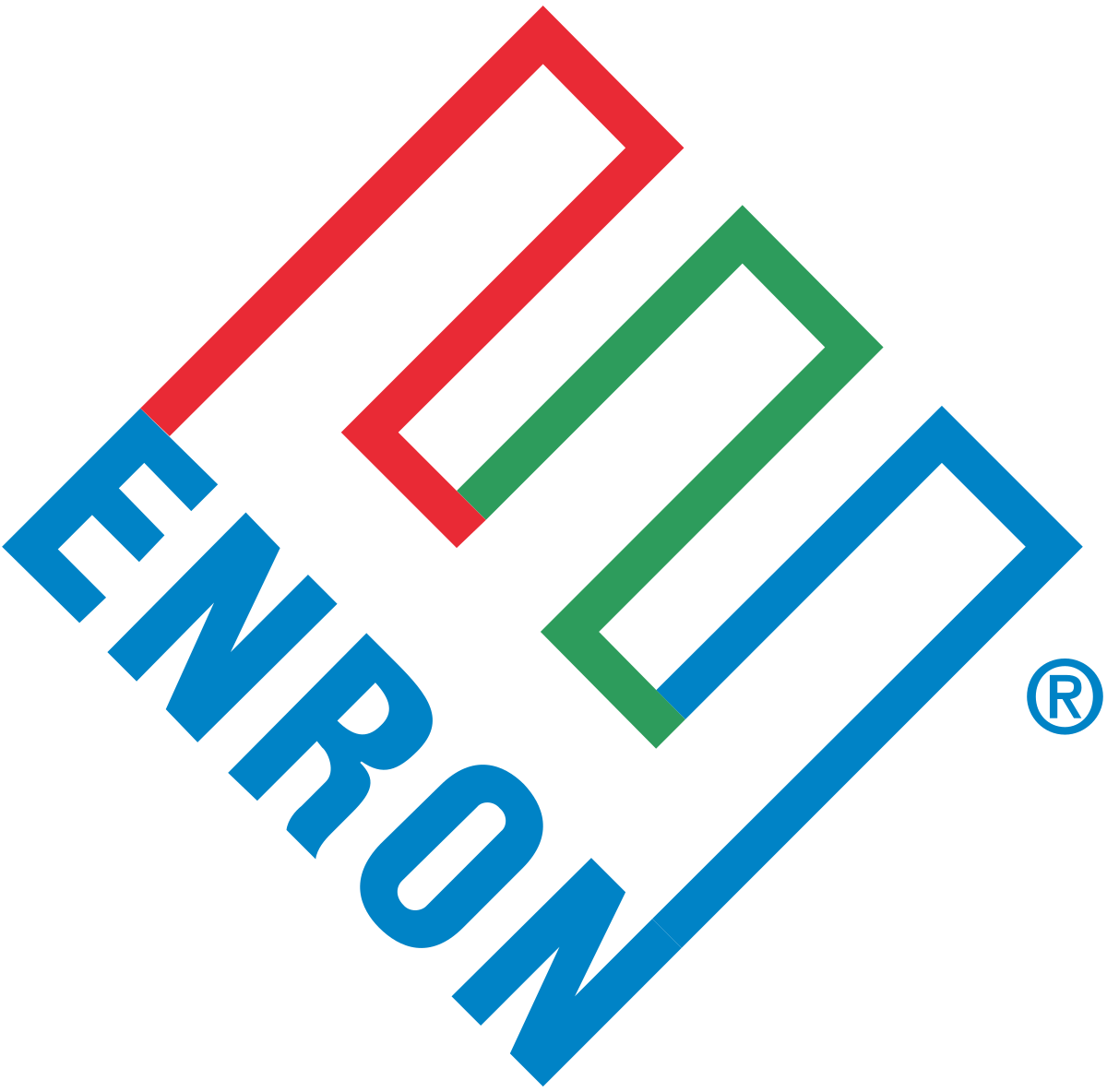 Corporate crime has been happening as long as there have been corporations. But if you wanted to choose an event that marked the emergence of what we think of as modern big business misconduct it would be the admission by Enron in November 2001 that it had overstated profits by $600 million. Within months, the high-flying energy trader collapsed amid growing evidence that the company was one big scam. Enron’s lenders, investors, auditors and others were all pulled into the morass.
Corporate crime has been happening as long as there have been corporations. But if you wanted to choose an event that marked the emergence of what we think of as modern big business misconduct it would be the admission by Enron in November 2001 that it had overstated profits by $600 million. Within months, the high-flying energy trader collapsed amid growing evidence that the company was one big scam. Enron’s lenders, investors, auditors and others were all pulled into the morass. Donald Trump likes to give the impression that he has made great strides in dismantling regulation. While there is no doubt that his administration and Republican allies in Congress are targeting many important safeguards for consumers and workers, the good news is that those protections in many respects are still alive and well.
Donald Trump likes to give the impression that he has made great strides in dismantling regulation. While there is no doubt that his administration and Republican allies in Congress are targeting many important safeguards for consumers and workers, the good news is that those protections in many respects are still alive and well.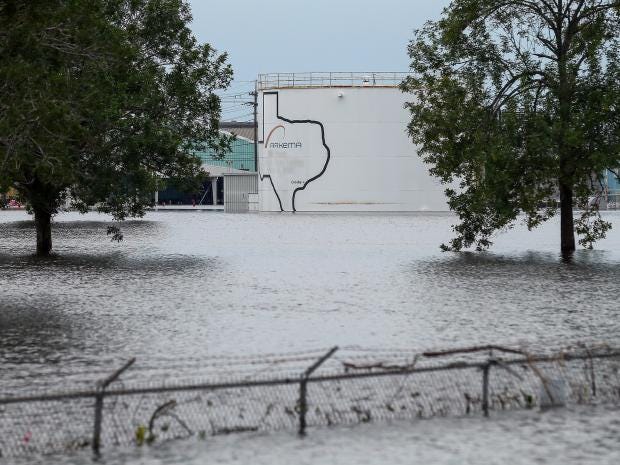 Much of the Gulf region remains flooded, people are still being rescued, and the full magnitude of the damage is not yet known. But soon the center of attention will be the rebuilding effort and how to pay for it.
Much of the Gulf region remains flooded, people are still being rescued, and the full magnitude of the damage is not yet known. But soon the center of attention will be the rebuilding effort and how to pay for it.